A belt. Sheet music. A miniature 18th century Megillah scroll, its parchment worn and browned.
People hung onto whatever they could through the Holocaust, hiding items in walls, in attics or burying them in the ground. Many gave valuable heirlooms to non-Jewish neighbors for safekeeping, hoping to reclaim them one day should the nightmare ever end.
Then, for decades, these items sat forgotten or stowed away behind glass in private collections. Inert, they were worth the sum of their materials, provenance and craftsmanship. But brought into the public arena for new generations to see and touch, they could be priceless.
In honor of Yom HaShoah this year, Mount Sinai Memorial Parks and Mortuaries is asking members of the community to come forward with these salvaged items. Through a project called Keeping the Testimony Alive Through Artifacts, Stories and Music, the institution will bring together Holocaust survivors and Jewish families to shine a spotlight on these objects’ unique histories and shared educational value.
“We know there are many things that people brought out of the Holocaust that sit in their homes,” said Leonard Lawrence, general manager of Mount Sinai. “We’re interested in the stories behind them: How did this get here? What did it mean to the family? What does it mean to the community? And what lesson do we learn from it for the future?”
The event, which will be held at Mount Sinai’s Simi Valley campus April 19, will resemble “Antiques Roadshow” with historians on hand to contextualize items and explain their significance.
“We’re in the history business — we’re not just in the business of burial,” said Martha White, director of sales at Mount Sinai. “Cemeteries are repositories of all kinds of cultural artifacts. They are also a place for consoling the living.”
That consolation, for Holocaust survivors, often comes from the knowledge that their stories won’t die when they do.
Lawrence recalls a gathering four years ago of Café Europa, a Holocaust survivors’ social network created in 2001 by Jewish Family Service and The Jewish Federation’s Tel Aviv/Los Angeles Partnership, which is named for a Stockholm cafe where survivors looked for lost relatives after World War II. Jewish high school students had come to speak with the survivors during the event, and Lawrence remembers seeing a member speaking with two teenaged girls who had never conversed with a survivor before. The man rolled up his sleeve to show the numbers on his arm to the students, and they reached out to touch the tattoo.
“We’re tying these stories together in a physical way that people can touch,” Lawrence said. “We’re losing this generation. The survivors are now in their 70s, 80s, 90s. We think it’s important to keep their stories alive. It’s part of our role as a Jewish organization to help preserve these things.”
Keeping the Testimony Alive expands on the concept that fueled Mount Sinai’s Yom HaShoah project last year. Officials invited community members to create personalized squares for a Shoah Quilt to commemorate individuals and families touched by the Holocaust. Project coordinators received so many squares that they had to sew three quilts.
This year, the items on display will include letters, articles of clothing worn in concentration camps and the formerly lost music of famed Russian cantor and composer David Nowakowsky. The exhibit will also feature a Writer’s Shelf, where authors of published and unpublished Holocaust books or poetry can bring their works to share.
“Our goal is to shine light back on these items so that they can continue to speak, even as more and more of our survivors are no longer with us,” White said. “These items have a voice, and it should be heard.”
Young people in the Jewish community have less and less first-hand contact with Holocaust survivors, said Lawrence, who recalls hearing stories about the Shoah from his barber while growing up in New York.
If there’s one wish he has for the project, it’s that viewers of all ages gain a deeper understanding of the determination, personal strength and enduring human spirit evident in the stories of survivors and the objects they rescued.
“There is a generation of people who still feel deeply touched by the events that happened in their country or in other countries,” Lawrence said. “If people come away with the sense that the stories of these survivors are important to keep alive, that’s fabulous.”
Keeping the Testimony Alive Through Artifacts, Stories and Music. Sunday, April 19, 10 a.m.-4 p.m., Mount Sinai, 6150 Mount Sinai Drive, Simi Valley.For more information, call (800) 600-0076or visit
Did you enjoy this article?
You'll love our roundtable.
Editor's Picks



What Ever Happened to the LA Times?

Who Are the Jews On Joe Biden’s Cabinet?


No Labels: The Group Fighting for the Political Center
Latest Articles
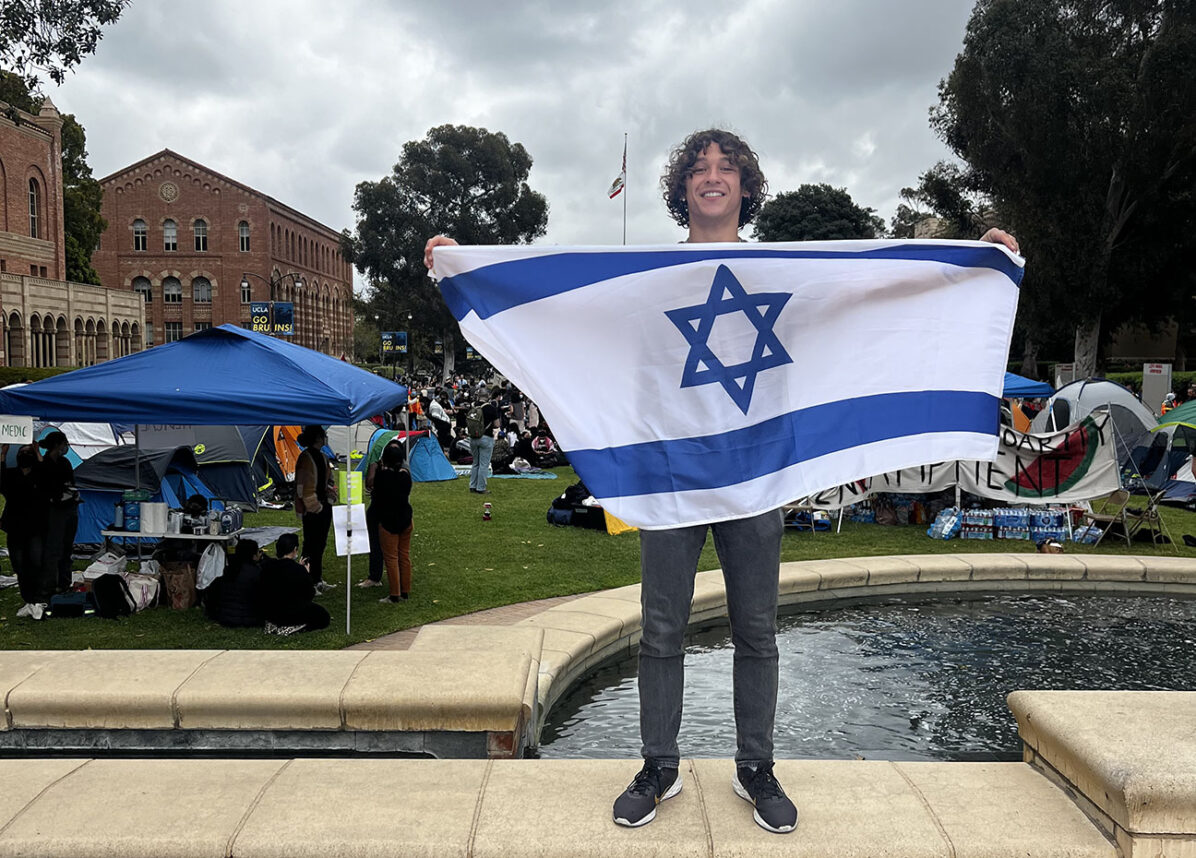
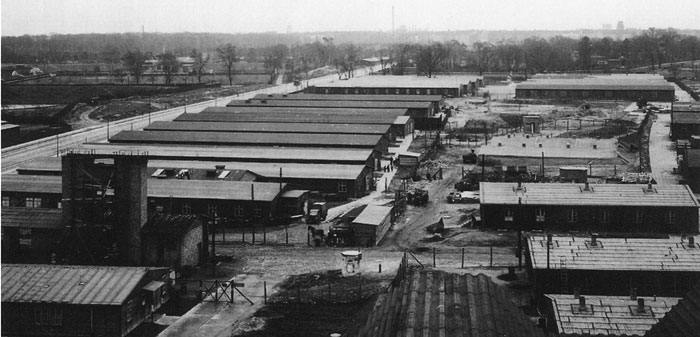
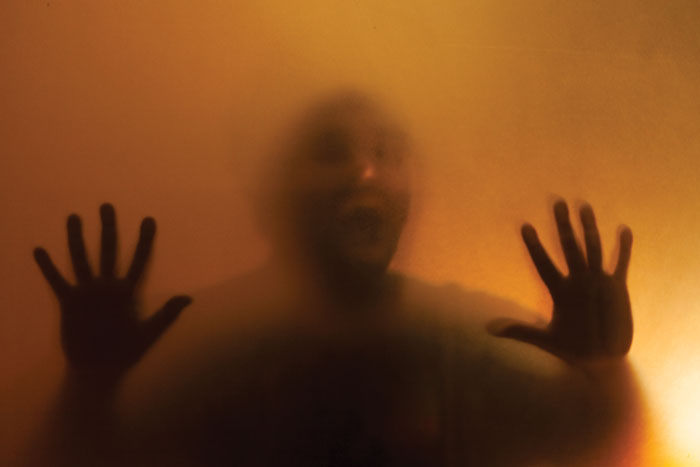
The Screams in the Thicket
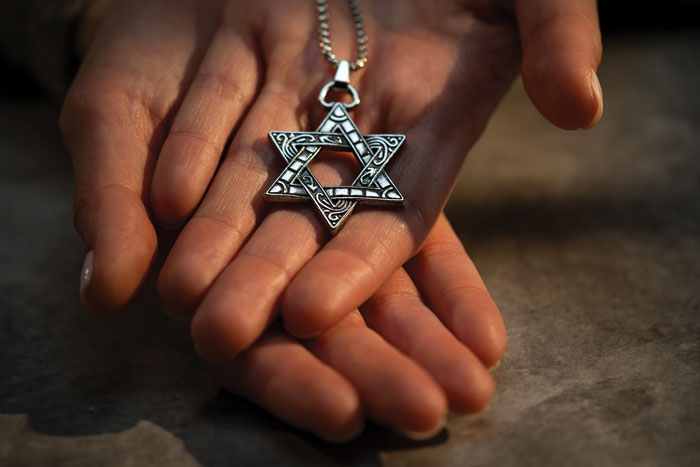
From a Young Jew

Not My Father’s Antisemitism
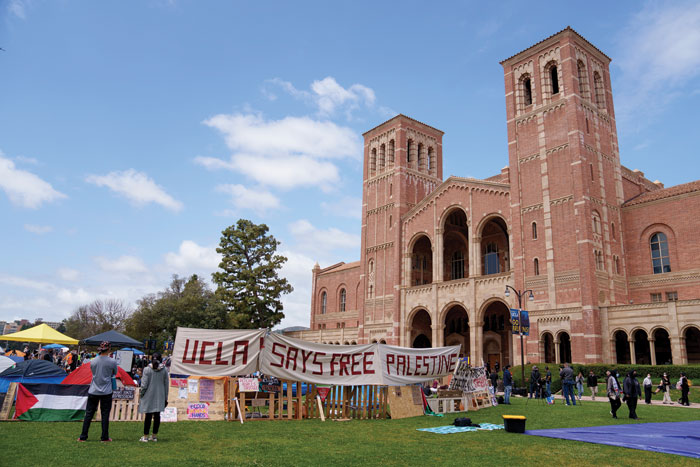


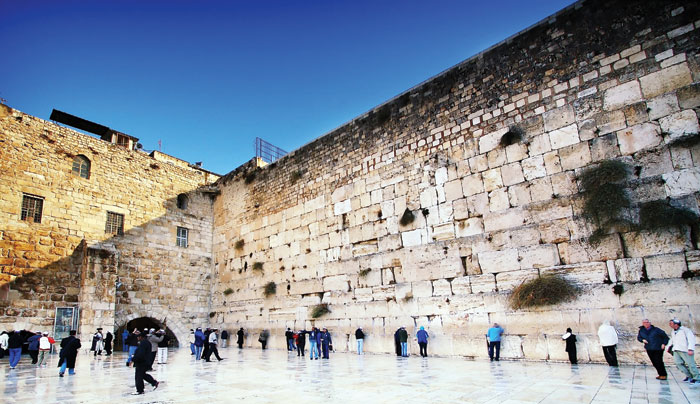
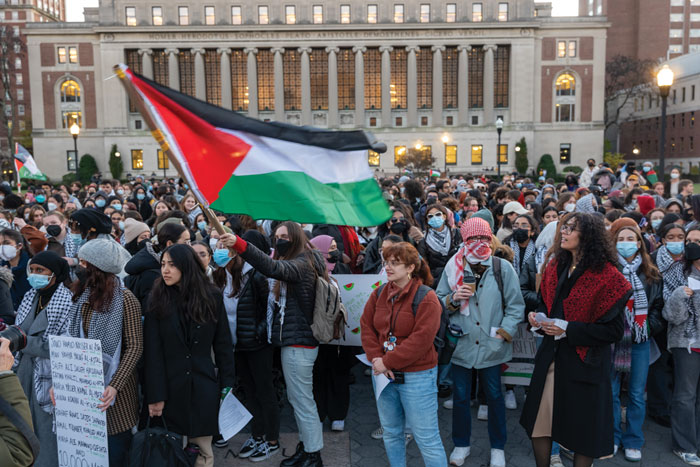
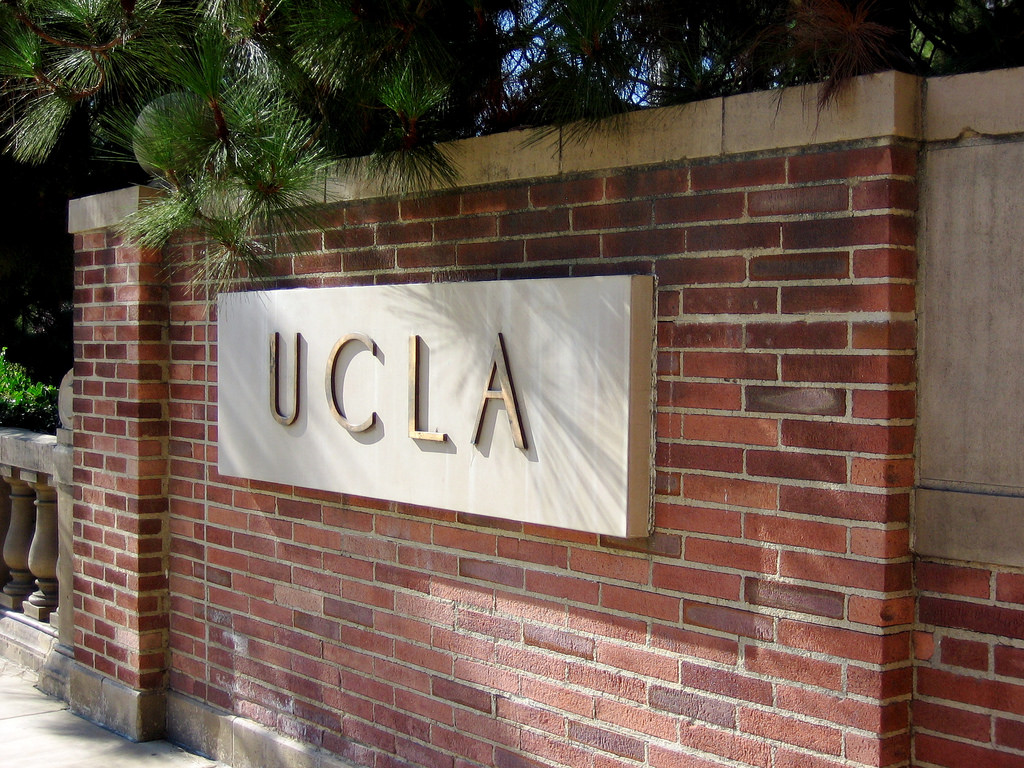





 More news and opinions than at a Shabbat dinner, right in your inbox.
More news and opinions than at a Shabbat dinner, right in your inbox.